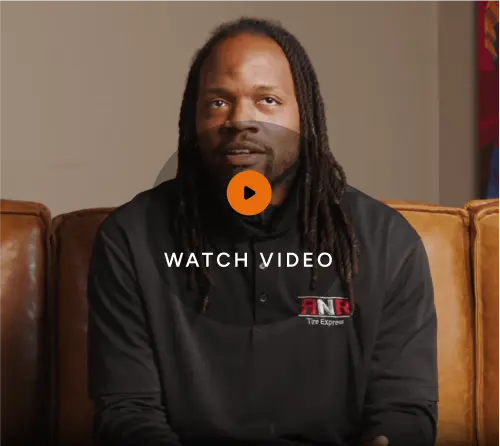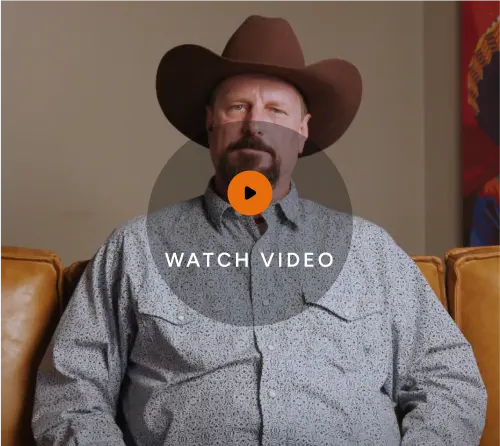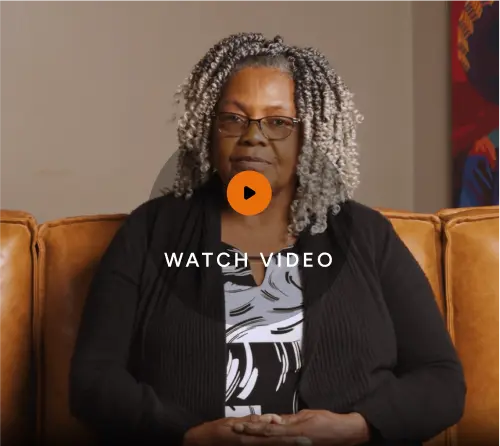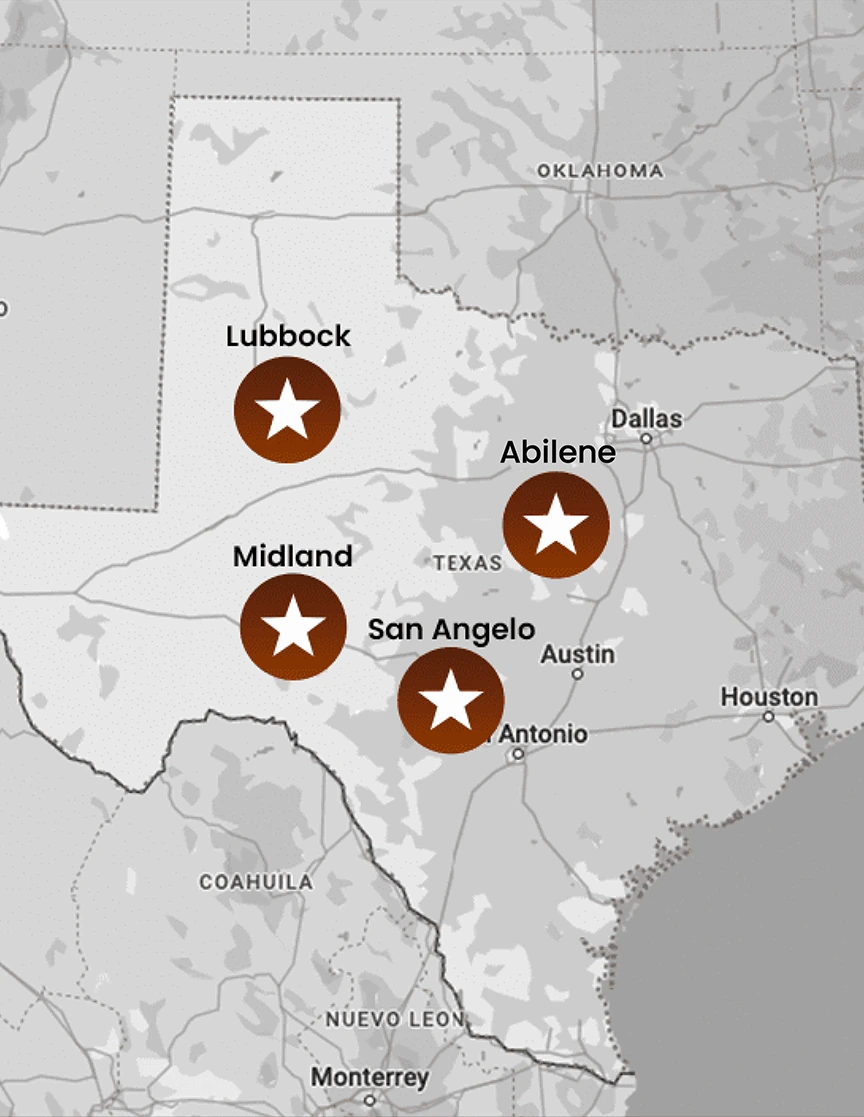
It can be anywhere from a few months to several years for a personal injury case to settle in Texas. The timeline depends on the extent of your injuries, how much liability is in dispute, how many parties are involved, and more.
Let’s look at these in more detail to give you a better understanding of how your case might pan out.
Timeline to Settle Factors
Extent of Injuries
More extensive medical treatment is needed for severe injuries and until you reach maximum medical improvement (MMI). Complex injuries can extend the time to determine damages and understand their full impact on your life.
Liability Disputes
The process can be delayed for a long time when there’s a dispute over who’s at fault. Identifying the responsible party requires gathering evidence, which may involve:
- Witness statements
- Expert analysis
- In-depth investigation
- Accident reconstruction experts
These disputes usually require thorough investigation and can add a lot of time to the case.
Negotiations for settlement get more complicated and longer when liability is unclear or disputed. Among the factors that contribute to this are:
- Disagreement among insurance companies about their client’s fault
- Longer deliberations among all parties involved
- Need for legal experts to get involved
For expert assistance on disputing liability, contact an West Texas personal injury lawyer today for a free consultation.
Number of Parties
In cases with multiple parties involved, complexity and time can multiply. Some of the challenges you may face in these situations are:
- Coordinating with multiple lawyers
- Determining each party’s role in the accident
- Scheduling multiple depositions
- Prolonging the time to settle
- Complex liability issues require broad legal strategies.
Insurance Company Tricks
Insurance companies will use various tactics to delay the settlement process, including requesting tons of documentation and disputing liability and the extent of your injuries.
They’ll often make offers way below what’s fair to wear you down into accepting less than what you’re entitled to.
Naturally, you’re likely to challenge this, which will delay the claim process, even though you’re likely to get a higher offer.
Additional reading: Do you pay taxes on personal injury settlements?
The Process
Understanding the process is key to setting your expectations and taking action to get what you deserve:
- Filing a claim
- Letter of demand
- Negotiation
- Settlement agreement
1. Filing
To start the process, you need to file a personal injury claim with the insurance company. You need to notify the party at fault and their insurer that you’re seeking compensation for personal injuries which could lead to a lawsuit if an agreement on settlement can’t be reached.
This needs to be done within Texas’ time frame for such claims— a 2-year statute of limitations.
2. Letter of Demand
After you reach maximum medical improvement, a demand letter is sent to the insurance company after a claim. This letter outlines the details of the accident, the damages and the amount you’re seeking. Timing is important so all injuries are accounted for when determining damages.
Read also: average settlement hit by a drunk driver in Texas
3. Negotiation
The negotiation process is a back-and-forth between your lawyer and the insurance company, which can be a long and complicated process that requires multiple versions of proposals and counter proposals.
Most personal injury cases settle through negotiation or mediation rather than going to trial.
4. Settlement Agreement
Once a fair settlement is reached, the final steps are to sign a release that waives your right to sue further and get the money from the settlement. This is the end of the process.
Additional reading: how much can someone sue for a car accident
Litigation Steps
If negotiations don’t produce a good settlement, the parties will move into the litigation phase. This includes:
- Filing a lawsuit
- Discovery
- Motions before trial
- Getting ready for trial
- Trial
1. Filing
If negotiations don’t produce a good settlement then you need to file a lawsuit. In Texas, you have 2 years to do so. The process includes drafting and filing the necessary paperwork with the court to formally present your case against the defendant.
2. Discovery
During the discovery phase, parties in the case share information and evidence with each other. This includes interrogatories or written questions, requests for documents and depositions where witnesses testify under oath.
The purpose of this phase is to make sure all parties are aware of the facts of the case.
3. Pre-Trial Motions
Issues like admissibility of evidence or motions for summary judgment are handled through pre-trial motions. These can delay the process especially when the court calendars are full and hearings get postponed.
4. Trial Preparation
Getting ready for trial means reviewing every piece of evidence, lining up witness testimony and crafting legal arguments.
This is to sharpen arguments before the real courtroom battle practice trials are used.
5. Trial
During a trial, each side presents their evidence and arguments to a judge or jury to settle the dispute. This includes presenting documents, witness testimony and expert opinions.
We have a Lubbock personal injury lawyer on hand to help guide you on your next steps after a personal injury accident.
Post Settlement
After a settlement is reached, you need to manage several key items:
Paying Medical Bills and Liens
In Texas, hospitals can file a lien on a personal injury settlement to get back the costs of medical treatment from an accident. These financial claims or liens must be settled before you can get your share of the personal injury settlement proceeds that are used to pay these outstanding medical bills.
Settlement Funds Distribution
Once a settlement is reached or you win in court, payment is usually made to you within 30 to 60 days. After all debts and obligations related to the settlement are paid then any remaining money is paid to you.
Taxes
If personal injury settlements are awarded for physical injuries or illnesses, they are not taxable. But the parts of the settlement for emotional distress or punitive damages may be taxable.

First Steps in a Personal Injury Case
The first steps you take after a personal injury can have a big impact on your case. It’s important to get medical attention and a personal injury attorney as soon as possible.
Knowing some basic legal aspects of personal injuries can also help you through this process.
Additional reading: average payout for a car accident death in Texas
Get Immediate Medical Care
By getting medical attention immediately, you are documenting your injuries and establishing a direct link between the event and the harm suffered—a key element to your claim. In our experience, personal injury cases where individuals get medical treatment right away tend to get higher settlements than those who wait to get medical care.
Continuous medical treatment gets you closer to maximum medical improvement (MMI). MMI means your condition has stabilized, which is key to evaluating damages and potential settlement—especially in medical malpractice cases within an injury claim.
Get a Personal Injury Attorney
Getting a personal injury attorney is highly recommended if you have been injured. Working with an attorney who specializes in this area, like the team at Lorfing Law, can help you through the process, gather the necessary evidence and argue on your behalf against insurance companies to get good results and fair compensation for your injuries.
The team at Keith & Lorfing will give you free guidance and get you started with a free consultation. We will make sure you have the right representation throughout the process.
Gathering and Preserving Evidence
Photographic evidence of the scene of the accident, witness statements and police reports are highly important.
Getting comprehensive medical records and records of lost wages will speed up the settlement process by providing concrete proof of your personal injury claim.
Additional reading: How many days do you have to file a police report after an accident
How to Expedite Your Personal Injury Case
1. Communicate with Your Attorney
To keep your case moving smoothly, you need to have an open and direct line of communication with your lawyer. You need to provide them with any information they request in a timely manner and keep them updated so the case can move forward and not get delayed.
2. Document Everything
Keeping detailed records of every doctor’s visit and keeping all your medical bills can speed up the claims process and may get you more money. These records are important as they are proof of your claim.
It’s also good to keep a diary of daily symptoms and pain levels that can be used as evidence in your case. This diary will prove the impact on your daily life and support your claim during the claims process.
3. Alternative Dispute Resolution
Consider arbitration and mediation as alternative dispute resolution options to get you a faster result than a courtroom battle.
Mediation uses an impartial mediator to help the parties negotiate a settlement, which is usually faster than litigation. This reduces the length and complexity of the trial process.
Final Thoughts
The timeline for a personal injury case in Texas is dependent on many factors, including the severity of the injuries, liability disputes, number of parties and insurance company tactics.
Knowing the process from filing a claim to settlement and what to do post-settlement is key to getting fair compensation.
By keeping in touch with your lawyer, documenting everything and exploring alternative dispute resolution options you can speed up your personal injury case and get moving.




